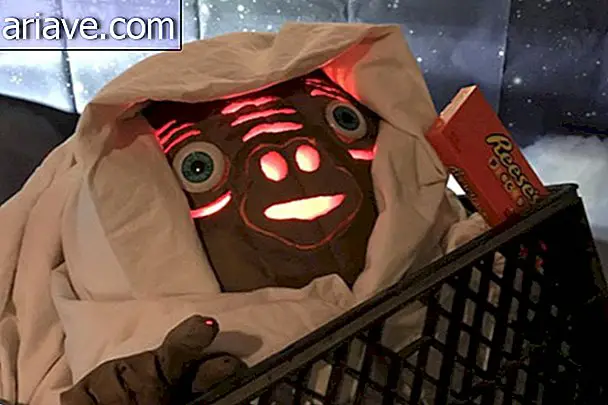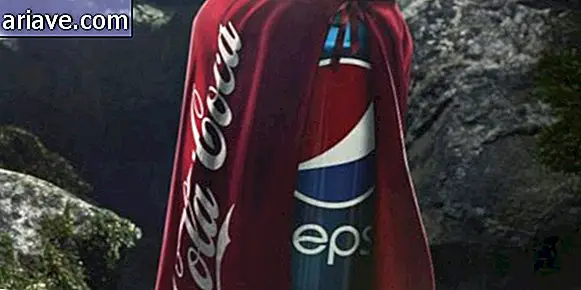What's left of a toy coming back from Inmetro?
The image above may cause some collectors to twitch a bit. The dolls above - replicas of the character Shun of Andromeda, of the Japanese design The Knights of the Zodiac - were sent along with other toys to the laboratories of Inmetro (National Institute of Metrology, Standardization and Industrial Quality).
As is well known, Inmetro's proposal - the most salutary, no doubt about it - is to ensure the quality of the products offered to the Brazilian consumer, also classifying, in the case of toys, which are most appropriate for certain age groups.
The tests are intended to detect potentially hazardous configurations (in materials, shapes, etc.) for the user, while ensuring that all dimensions shown on the packaging are verified on the product itself. But that probably doesn't make the veiled protest posted there.

According to dealer Piziitoys, it is outrageous that collectible figures are treated as "toys" in Brazil - in the case of shattered "Shuns" from the image, the nomination was for ages above three years. Of course, this does not prevent the "collectible" in question from being acquired as a toy by "unsuspecting" parents ... A complicated question indeed. What's your opinion? Comment below.
The Inmetro
The National Institute of Metrology, Quality and Technology (Inmetro) is a Brazilian federal authority. It is an executive agency linked to the Ministry of Development, Industry and Foreign Trade. Together with Sinmetro and Conmetro, Inmetro was created by Law 5, 966
Officially, Inmetro's goal would be to “strengthen national companies by increasing their productivity through the adoption of mechanisms to improve the quality of products and services, as well as by supporting the development of technological innovations. Thus, its mission is to promote the quality of life of citizens and the competitiveness of the Brazilian economy through Metrology and Conformity Assessment.
In more objective terms, it is about ensuring that your Easter egg really weighs what it promises, that the syringe needle is not bent (and that the packaging preserves the asepsis of the material), yet showing how much your refrigerator consumes, how much noise the blender makes and so on. Perhaps the above institutional video - in “playful” style, as “should be”, will help you understand better.











